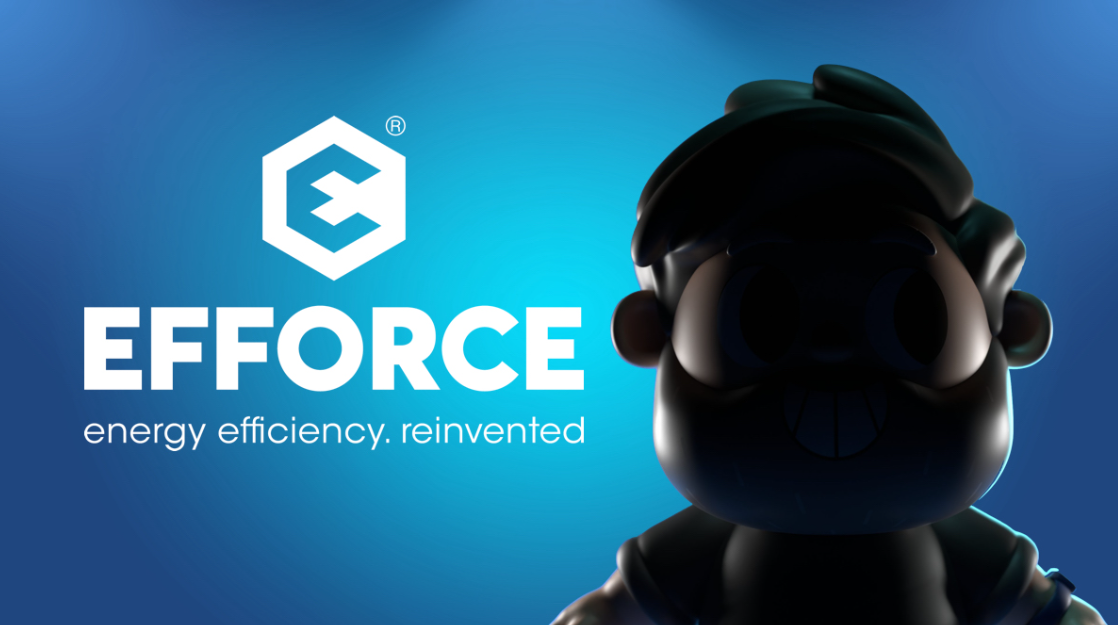What is Avalanche? Avalanche is a decentralized proof of stake blockchain that features smart contract functionality. Its native cryptocurrency is AVAX. Its architecture allows developers to create subnets and scale as the network grows. Here are some of the main features of Avalanche. This is a crypto-currency network that allows developers to create subnets for their applications.
Avalanche is a crypto-currency network
Avalanche is an upcoming crypto-currency network that will launch in September 2020. It was first proposed by a pseudonymous team of software developers called Team Rocket, and is based on a blockchain created by Ava Labs. Founders Emin Gun Sirer and Kevin Sekniqi, both computer scientists, have experience in blockchain development. They also founded Karma, an incredibly popular proof-of-work virtual currency for peer-to-peer file sharing systems.
Avalanche’s main difference from other crypto-currency networks is that it does not require a leader to reach consensus, which increases decentralization without sacrificing scalability. Other similar networks, such as Proof of Work or Proof of Stake, require a single actor to validate and process transactions. By contrast, the Avalanche network uses a dual consensus system to ensure that transactions can be verified in a quick and efficient manner.
Avalanche has raised over $42 million in a recent ICO and continues to attract big investments. In July 2021, the Avalanche Foundation hosted a token sale for $230 million, with participation from Polychain and Three Arrows Capital. Avalanche’s architecture is complicated, incorporating sub-networks and multiple built-in blockchains.
In addition to its decentralized network, Avalanche also offers a variety of dapps. Avalanche is compatible with the Ethereum toolkit, which allows developers to easily port their Ethereum dApps to the Avalanche blockchain. Furthermore, Avalanche offers the freedom of building independent dapps, ensuring that users’ privacy is preserved.
It runs on smart contracts
Avalanche is a cryptocurrency that is built on the Ethereum blockchain, but has a unique feature: it runs on smart contracts. The network is designed to scale, allowing for sub-second transactions. This makes Avalanche a strong competitor to Ethereum. The main difference is that Ethereum is more expensive to maintain, and Avalanche is more affordable.
Avalanche is built with financial markets in mind, supporting digital smart assets that can be traded with custom rules that ensure regulatory compliance. These assets can represent any financial instrument or asset. The global derivatives market is estimated to be worth $800 trillion, and Avalanche is an excellent platform to tap into this market.
Avalanche is one of the fastest smart contract platforms in the blockchain industry. The time-to-finality of transactions is the fastest in the industry, and Avalanche has the largest number of validators. It has been partnered with a number of major decentralization protocols and blockchain projects in an effort to become a leading protocol for decentralized finance.
Avalanche uses a proprietary consensus system that aims to be fast, secure and energy-efficient. The first testnet launch was performed in April 2020. Ava Labs US then announced its initial coin offering (ICO) of AVAX, which raised $42 million in less than 24 hours. Then in September, the main network was launched, and tokens were released.
It allows developers to create subnets
Avalanche has introduced the concept of subnets to provide a new form of scaling. Subnetworks work like single-networks but are more feature-rich and decentralized. Subnetworks are algorithmically generated and can be launched by users. Subnets can be used for a variety of purposes, from allowing for more secure communication to facilitating transactions for users.
Subnets can include multiple blockchains, unique virtual machines, and rules for membership. These subnets are like zones within the Cosmos ecosystem, and validators in each one must adhere to certain rules to participate. Each validator on an Avalanche network must meet certain conditions and pass a Know Your Customer (KYC) check to be allowed access to the network.
Subnets can be permissioned or unpermissioned, which can help institutions leverage blockchain technology. The subnets will be independent from the main network, which reduces congestion for users. Avalanche also supports multiple virtual machines. This makes it easy to scale multiple applications at the same time.
Subnets enable developers to build blockchains for scaling, gaming, or enterprise use cases. The subnet concept is also compatible with other blockchain technologies. Developers can launch subnets in parallel to create a decentralized network.
It is scalable
Avalanche is a decentralized cryptocurrency that works on the Ethereum network. Avalanche has a unique structure and a unique consensus protocol that makes it scalable. Avalanche is also much faster than other solutions. It can process transactions within minutes instead of hours. It also boasts a high processing capacity.
Avalanche uses two innovations to achieve consensus: repeated sub-sampling and random sampling. This combination allows for efficient consensus without compromising on quality. The algorithm is backed by mathematical proofs and is perfect for permissionless systems. Its scalable design allows it to grow without compromising on efficiency.
Avalanche uses subnets, which work much like sharding in Ethereum 2.0. Subnets are independent yet interconnected instances of a blockchain. Subnets allow for a large number of validators to join the consensus process. These subnets can be configured to meet the needs of different applications.
Avalanche supports multiple blockchains, each with a different block size. This means that no matter how many blockchains are running on a network, Avalanche can scale without forking. This type of scaling is known as horizontal scaling. It works by multiplying the number of blockchains in a network to support more users.
Avalanche uses three blockchains. The first is called the P-Chains, which contain metadata on the network. It also tracks active networks and subnets. The second blockchain, known as the X-Chain, is used for creating and trading digital assets. The third is the C-Chain, which enables Ethereum compatible smart contracts.
It is secure
Avalanche is a distributed network with no central authority. Instead, it has multiple validators who each check the validity of transaction data independently. This distributed network is scalable, allowing for billions of users. Furthermore, regulated institutions can now deploy their businesses on-chain. Avalanche is secure, yet fast.
In addition, Avalanche is not subject to the SEC safe harbor rule, which prevents it from raising capital from non-accredited investors. This means that it can raise an unlimited amount of money from accredited investors. However, investors should be aware that a company must file a Form D to raise money from investors. Ava Labs has already successfully filed its Form D, ensuring its security. While this is a positive for Avalanche, many critics have criticized the centralization of the Ripple network. Because Ripple is controlled by one entity, XRP Inc, the price of XRP has dropped more than 50% since the SEC’s lawsuit.
Unlike other smart contract platforms, Avalanche’s network has never been breached. Moreover, the code of Avalanche has been audited by multiple security firms, ensuring that it is safe. In addition to this, Avalanche has a much higher number of validators than other smart contract platforms. Another benefit of Avalanche is that it operates on its own blockchain, unlike Ethereum. Avalanche uses a “proof-of-stake” consensus, which rewards stakeholders for validating transactions. This is one of the most secure systems on the market, but also makes it vulnerable to hacks and scams.
While Avalanche does use a Proof of Work consensus (POW), it is much more resource-intensive than other blockchains, so it slows transactions. Furthermore, it is difficult to scale a Proof of Work network, and Proof of Work chains have limitations that inhibit decentralization. However, as the adoption of blockchain technology continues to snowball, it is important that blockchains remain secure and scalable.
It is decentralized
Avalanche is a decentralized cryptocurrency and dApp platform created by AVA Labs. Its founder, Cornell professor Emin Gun Sirer, is a world-renowned computer scientist. He has been active in the distributed ledger tech industry since its beginning. The Avalanche network is slated to launch in September 2020.
The Avalanche protocol allows for a decentralized proof-of-stake blockchain with its native cryptocurrency AVAX. It also acts as a smart contract platform for digital asset trading. It uses subsampled voting to enable a large number of independent participants to process transactions. Each processor can send and receive messages to other processors, but messages can take a long time to arrive. They may also be duplicated or lost. This method of decentralization is energy-efficient and allows anyone with a computer to become a validator.
Avalanche is a promising blockchain network that focuses on building out its ecosystem. By introducing more applications to its network, it is poised to become the go-to decentralized smart contract network. This article aims to provide you with a quick overview of the Avalanche ecosystem.
Avalanche is decentralized and supports Ethereum-based transactions. It supports digital smart assets, which allow for complex custom rule sets to ensure regulatory compliance. These assets can represent any financial instrument or asset. It is estimated that there are $800 trillion in derivatives globally.




